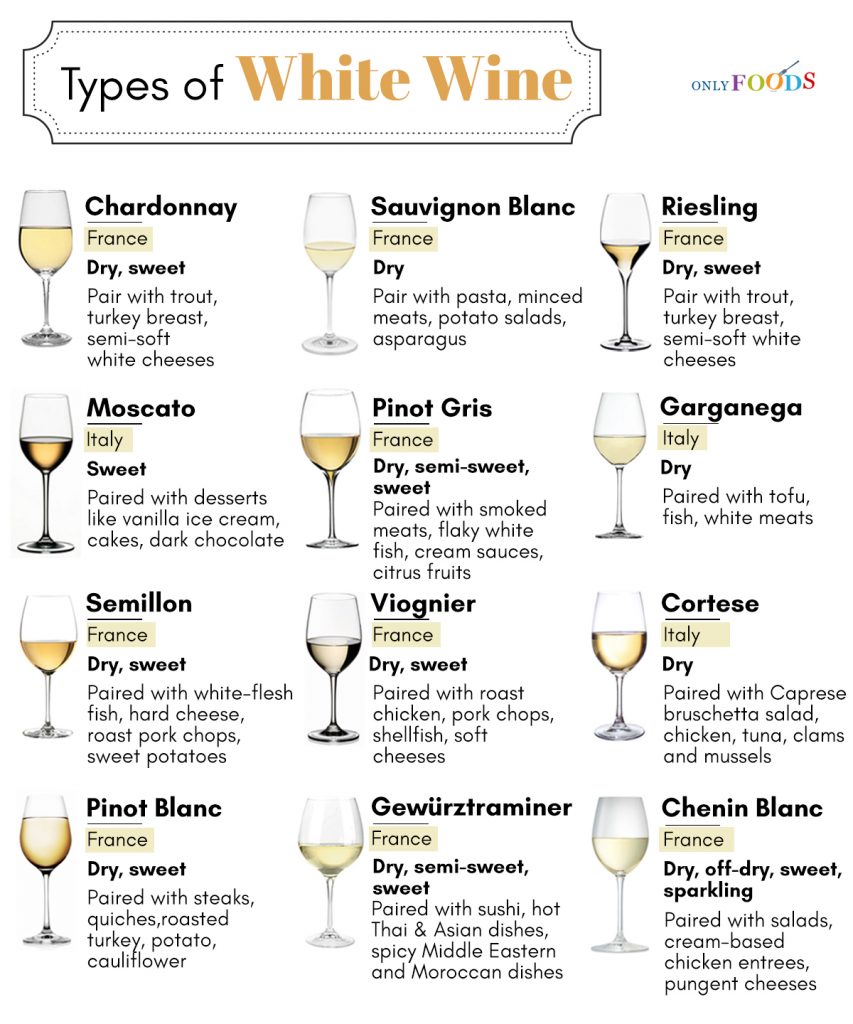
Semi-Sweet – 10-35 Grams: Contains Sweet Fruit Flavors.Bone Dry – Less Than 1 Gram: Bitter Mineral Taste.In this guide, you’ll get a more in-depth look at how much sugar is typically in each sweetness level: People who don’t like the sweet taste or who may have diabetes or other health conditions may find themselves steering clear of sweeter wines.

Wine sweetness is rated based on the number of grams of sugar in each bottle. Very Sweet (Dessert Wine) – Tawny Port, Ruby Port, Vin Santo Rosso, Recioto Della Valpolicellaīefore buying a bottle of these sweet red wines, you need to read the guide below to figure out how much sugar each sweetness level possesses.Sweet (Fruit & Chocolate) – Lambrusco, Rosso Dolce, Brachetto D’Acqui, Beaujolais Nouveau, Port, Sweet Red Blends.Semi-Sweet (Fruity & Welcoming) – Pinot Noir, Grenache, Merlot.Dry (Bold & Fruity) – GSM Blend, Malbec, Shiraz, Zinfandel, Sirah.Dry (Savory Flavors) – French Malbec, French Pinot Noir, Syrah.Bone Dry (Savory Flavors) – Cabernet Sauvignon, Tempranillo, Sangiovese.When looking for sweet red wines, use this chart to get started: They break down into three dry categories, two sweet types, and a middle option that works well for those with a more balanced wine taste. In this section, you’ll learn more about how sweet red wines are classified. However, there are other options available that may work for you, depending on your preference as a wine drinker. These sweet wines are some of the most popular globally and will go well for many tastes. Sauternes – Using a sweetening technique known as noble rot (utilizing a fungus to concentrate each grape’s sugar), this one has medium acidity with a nutty aftertaste.Įxpect a lingering sense of butterscotch and peach as well, with a sweetness rating of 120-220 grams. Expect a relatively light body and a sweet taste of peaches and cherries with this delicious variety. The differences mostly lay within individual wine companies.

White Zinfandel – A sweet white zinfandel has a maximum sugar rating of about 120 grams but may be as low as 35 grams. Expect a caramel taste and a bitter chocolate undertone with this wine. The latter type is usually the sweetest port wine and has a sweetness level of 150 grams of sugar per bottle. Port Wine – This variety typically comes from Portugal and includes red, white, rose, and tawny wines. Here’s what you need to know about sweet wines in general: We examined some of the most common of these sweet wines to create this chart. If you’re interested in sweet wines, there is a wide variety of options available for your needs.

The statement sweet is permissible from 45 g / l.Ĭlick here for more information on the different levels of sweetness of sparkling wine (sekt).Find Out Which Wines Are Sweet Using This Useful Chart Semi-sweet wines have a residual sugar content that exceeds the values for semi-dry, but reaches a maximum of 45 g / l.

Although it is not officially regulated by wine law, it is becoming increasingly popular. This unofficial fifth taste is not clearly defined, but is usually classified between semi-dry and sweet. Often you can find the term feinherb on wine labels. (Formula: acid + 10 up to the maximum limit 18). Semi-dry wines may have up to 12 grams of residual sugar per liter, or up to 18g / l if the residual sugar content does not exceed the acidity level by more than 10g. Rather, it is because it only contains a small amount of unfermented sugar, that a higher acidity is more likely to be perceived. Legislation also permits the term “dry” up to a residual sugar content of 9g if the total acidity expressed in g / l tartaric acid is at most 2g / l lower than the residual sugar content (formula: acid + 2 up to a maximum of 9). toggle next menu level Wine Growing Regionsĭry is the name for wines that are almost or completely fermented this means for wines with a residual sugar content of up to 4g / l.toggle next menu level Quality standards.toggle next menu level Viticulture & Winemaking.


 0 kommentar(er)
0 kommentar(er)
